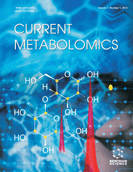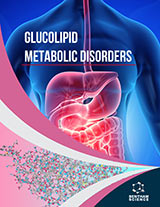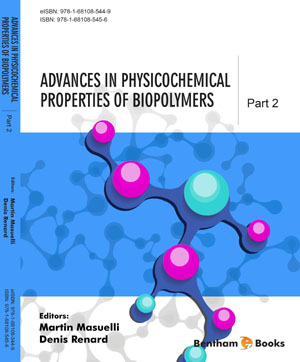Abstract
Graphene is both the thinnest and the lightest material studied by the
scientists. Amongst the various applications of graphene, water purification is the
major one. Originally graphene was prepared using graphite and other hydrocarbons as
precursors. Recently waste materials like rice husk, hemp, paper cups, and other
biomass have been used as graphene precursors. Similarly, graphene can be
synthesized from plastic wastes like PET (polyethylene terephthalate) bottles waste as a
source material and polyethylene(PE) and polypropylene(PP) as a carbon source.
Water is required by human beings for living, house chores, and industrial processes.
Waste water treatment is an essential topic related to human health and industrial uses.
Water pollutants are mainly divided into two types; organic water pollutants and
inorganic water pollutants. The organic water pollutants are dyes, pharmaceuticals,
fertilizers, pesticides, herbicides, polycyclic aromatic hydrocarbons, etc. Inorganic
water pollutants are rare earth elements like La, Ce, Ho, Eu, and Y, other organometallic catalysts, and fertilizers containing heavy metals. Waste water treatment
processes are essential to eliminate or decrease pollutants and provide a safe water
supply. Study shows that graphene and graphene oxide are promising materials for
eliminating pollutants from water.
Keywords: Graphene, Graphene oxide, Industrial waste, Microbial pollutants, Inorganic pollutants, Organic pollutants, Plastic waste, Synthesis, Solid waste, Water pollution.






















